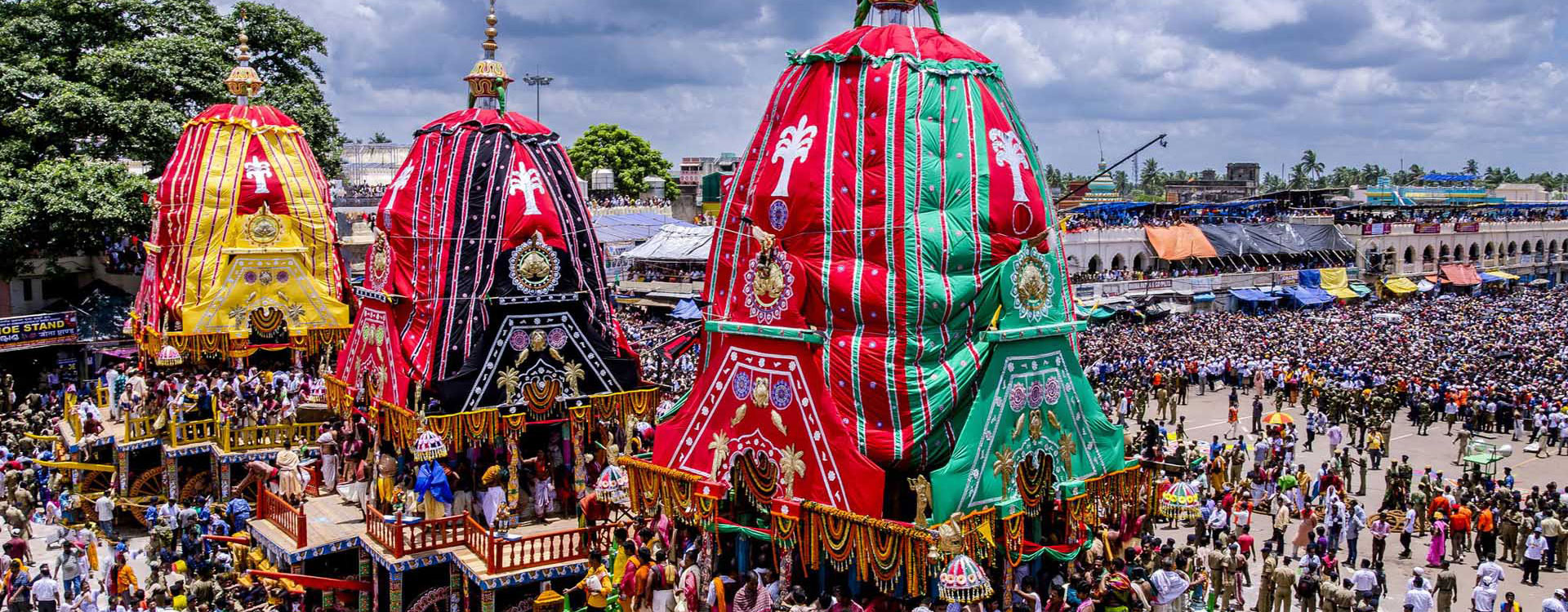Assam is a land of myths and mystery. "The land of red river and blue hills," as it is described, has a unique landscape with sprawling tea gardens and unending stretches of paddy fields interspersed with groves of coconut, areca nuts, and banana trees. Its population is a confluence of streams of different races and tribes like the Austrics, the Aryans, Negroids, Indo-Burmese, Indo-Tibetans, and Mongoloid.
They have enriched each other and have evolved to give a distinctive identity to the Assamese people.
History of Assam
Huen Tsang, the great Chinese traveler, visited this region in the 7th century. At that point of time, Pragjyotishpur was known as Kamrup, which was then a strong kingdom under King Bhaskaravarman. However, after this there was a gradual decline of this region and subsequent centuries were witness to repeated onslaughts by aboriginals that reduced the power of the kingdom and led to its fragmentation. It was a time when no single power could hold sway in Assam. When the Ahoms entered Assam crossing the eastern hills in 1228, they chanced upon a period in its history when it was at its most susceptible. Among the local tribes, the Chutias and the Kacharis could offer only a semblance of resistance. The entry of Ahoms in Assam started a new beginning, and many scholars opine that the state was named after this dynasty that ruled it for six centuries. With the advent of the Ahoms, the center of power shifted from Kamrup in Lower Assam to Sibsagar in Upper Assam. The importance of Lower Assam declined sharply, except for a short period in the early 16th century when the Koch dynasty extended their western limits considerably under their illustrious king Naranarayana. The Mughal Empire was at its zenith during this time and they took it as a challenge to crush the Ahoms. They attacked the state 17 times. The last of the wars was fought near the present-day Saraighat Bridge over the river Brahmaputra in Guwahati. In this war, the Ahoms gave the Mughals a crushing defeat under the leadership of the able general Lachit Barphukan. Lachit Barphukan achieved immortality for his heroism and many anecdotes are now an integral part of the folklores of Assam. The next centuries spelled troubles for this kingdom and save for a brief intervention during the reign of king Rudrasingha, the state went on a gradual decline in the 18th century. This was the time when the Burmese attacked this state and annexed them into their empire. However, they could not hold sway on the region for long and in 1826, the British forced them to cede Assam by the Treaty of Yandaboo.
Best Time to Visit in Assam
There are two distinct climates operating in Assam. While the hills enjoy sub-alpine climate, the plains of the state experience tropical climate with high humidity level in the monsoon. Winter touches this state in the end of the month of October and lasts until the end of February. The nights are cold and the mornings are foggy during this time. Summer begins by mid-May with high level of humidity and rainfall. June is the beginning of monsoon. Thunderstorms known as "Bordoichila" is a frequent occurrence during the afternoons. Spring and autumn with moderate temperatures and modest rainfall are the best seasons of Assam.
How to Reach Assam
BY AIR -The functional airports are at Guwahati, Jorhat, Silchar, Dibrugarh, and Tezpur. There are regular air services for New Delhi and Calcutta from Guwahati. Dibrugarh, Jorhat, and Tezpur are also connected to Calcutta by regular flights.BY RAIL -Guwahati is the largest railway station in Assam. It is connected by rail to Delhi, Calcutta, Lucknow, Thiruvananthapuram, Mumbai, and other parts of the country. There is also a good railway network that connects every part of the state.BY ROAD -A good road network connects all the important places of the state with the state capital. Guwahati is 2160 km from Delhi, 3104 km from Mumbai, 2688 km from Chennai, and 595 km from Darjeeling.
Shopping in Assam
Every North-east sojourn begins from the great city of Guwahati. The capital of Assam, Guwahati has become a sprawling metropolis over the last decade. Sitting on the banks of the mighty Brahmaputra, visitors stop over in Guwahati to pay their respects at the Kamakhya Temple and move on to explore the treasures of North East India. But that’s not all! Travelers also love to indulge in shopping in Guwahati as its bazaars and stores showcase the best of everything North-East has to offer.
Best Things To Do in Assam
Famed for its lush green tea plantations, rich wildlife, stunning waterfalls, and historical sites, the Northeast is a paradise to be in. But, what is often left unacknowledged are the incredible things to do in Assam that prove that the state is the most shining gem amongst all the sisters. From getting you close to nature to letting you discover a new side of yourself, Assam offers all kinds of experiences.So, if you’re thinking of taking a trip anytime soon, here are the 10 things you ought to do there for having the most surreal Northeastern holiday.






